Finding the Perfect Product Fit: Idea to Impact
Discover my journey from idea to impact as I navigate the stages of product fit—Problem-Solution Fit, Product-Market Fit, and Scale Fit. Learn from real-life lessons, famous case studies, and practical insights to create a product that resonates with your audience and scales successfully.

Today, I want to share a journey that transformed my approach to creating impactful products. It’s a story of discovery, iteration, and success. Whether you're an entrepreneur, a product manager, or someone passionate about bringing innovative ideas to life, I hope my experiences resonate with you and offer some valuable insights.
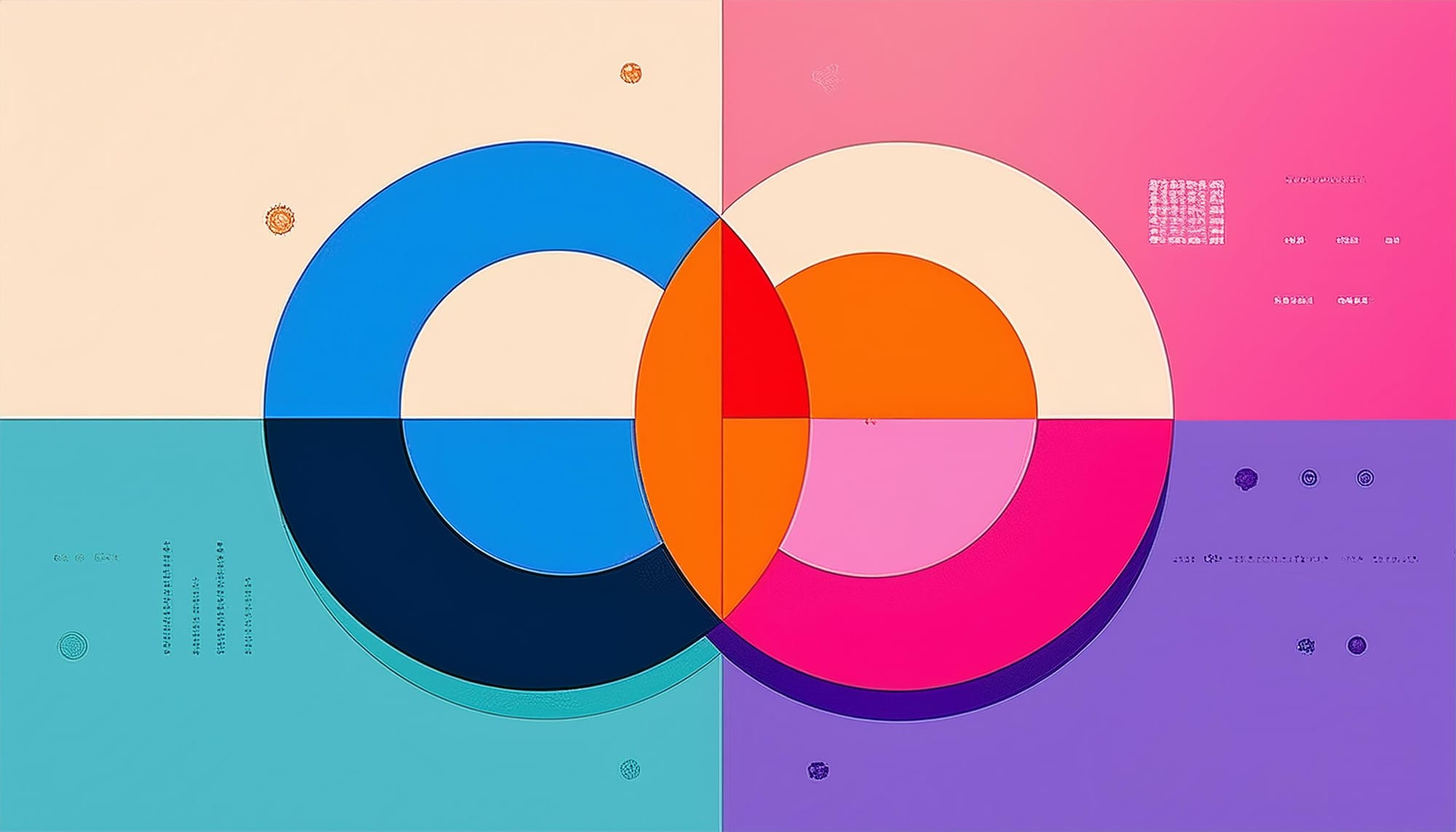
Stage 1: Problem-Solution Fit - The Spark of Innovation
Have you ever had that moment when an idea just clicked? It happened during a conversation with a friend about their struggles with time management. Their frustration was palpable, and I realized this wasn’t an isolated issue. A lightbulb went off in my head—I could create a solution to this widespread problem.
The journey began with a deep dive into understanding these pain points. I conducted interviews, sent out surveys, and observed people in their daily routines. Each conversation was a piece of the puzzle, revealing the intricate details of the problem.
Personal Lesson: It's all about how much you learn from customer testing. I developed products for Nike, Virgin, and IKEA, and every time, I maximized my understanding of their customers.
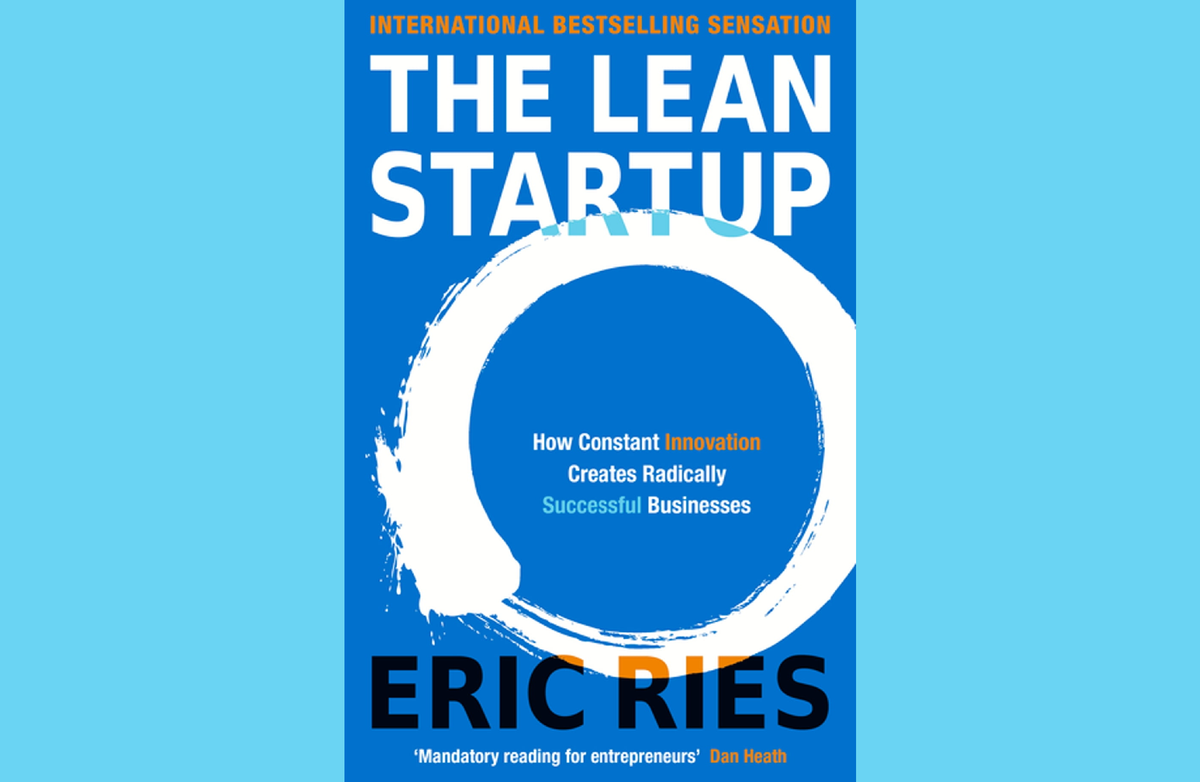
Recommended Book: The Lean Startup by Eric Ries - “The only way to win is to learn faster than anyone else.” This book was my guide during this stage. It emphasizes the importance of building a minimum viable product (MVP) and using validated learning to iterate quickly. It's a must-read for anyone starting on this journey.
Famous Case Study: Dropbox—Dropbox started with a simple MVP: a video demonstrating its product’s functionality. This video gathered significant attention and feedback, helping Dropbox understand users’ needs before fully developing the product.
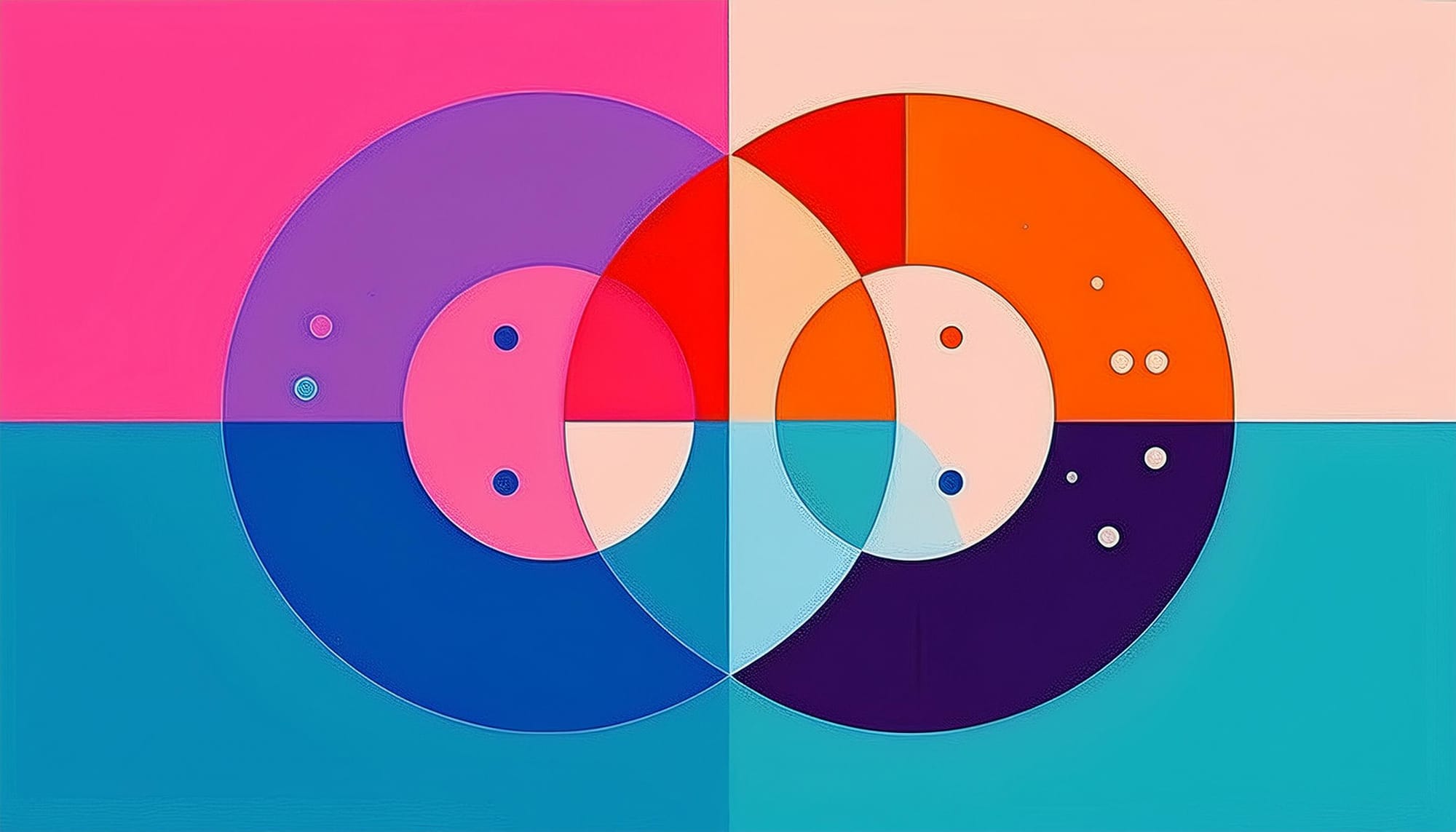
Stage 2: Product-Market Fit - The Dance of Refinement
With a validated solution, the next challenge was ensuring it resonated with a broader audience. This stage felt like preparing for a grand dance performance. I had the choreography but needed to ensure it captivated the audience.
User engagement became my guiding star. I watched how people interacted with the app—when they used it, how often, and which features they loved or ignored. It was like tuning an instrument, making minor adjustments to create a harmonious experience.
Retention metrics became my feedback loop. I tracked how many users stuck around after the first week, the first month, and beyond. It was exhilarating to see the numbers improve with each iteration. The product was not just a tool; it was becoming a part of people's daily lives.
Personal Lesson: It's all about ensuring you've built a product that the customer needs and is willing to pay for and refer others. I am looking for a Net Promoter Score when I test prototypes and MVPs.
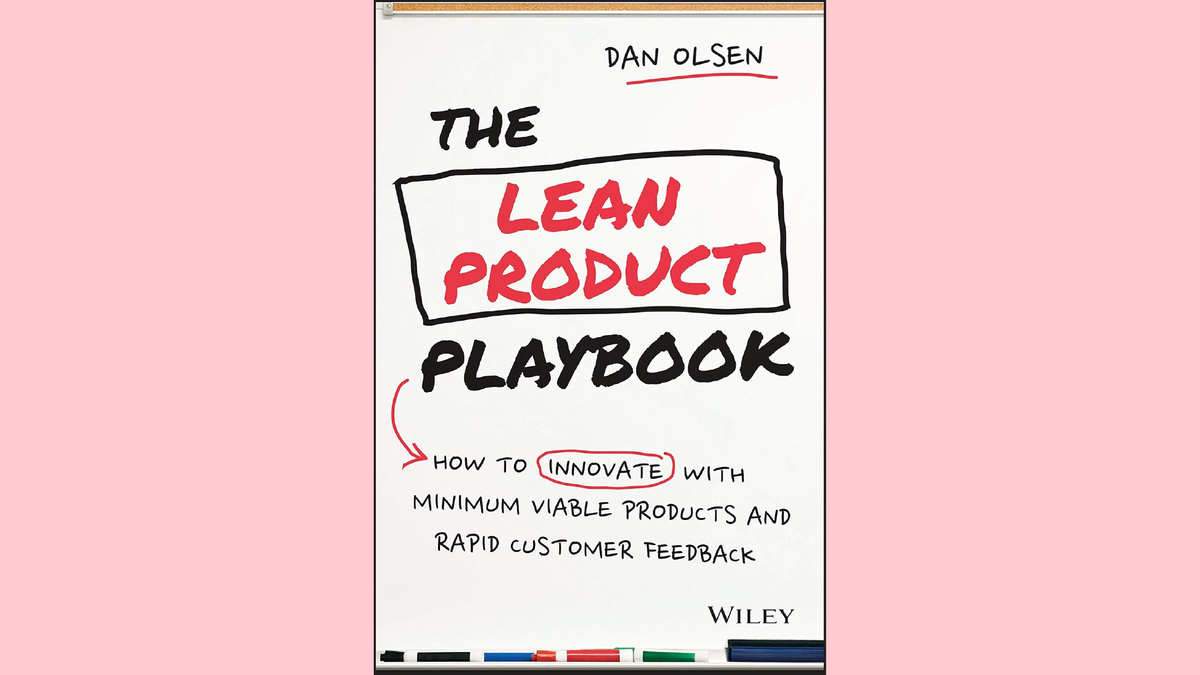
Recommended Book: Lean Product and Lean Analytics by Dan Olsen - “When you are trying to get people to love your product, you have to listen to their feedback.” Olsen’s insights helped me understand how to achieve product-market fit systematically. His actionable advice on using data to refine the product was invaluable during this stage.
Famous Case Study: Airbnb - Airbnb achieved product-market fit by continuously iterating its platform based on user feedback. They focused on building a community and ensuring hosts and guests had a great experience, leading to high retention and growth.
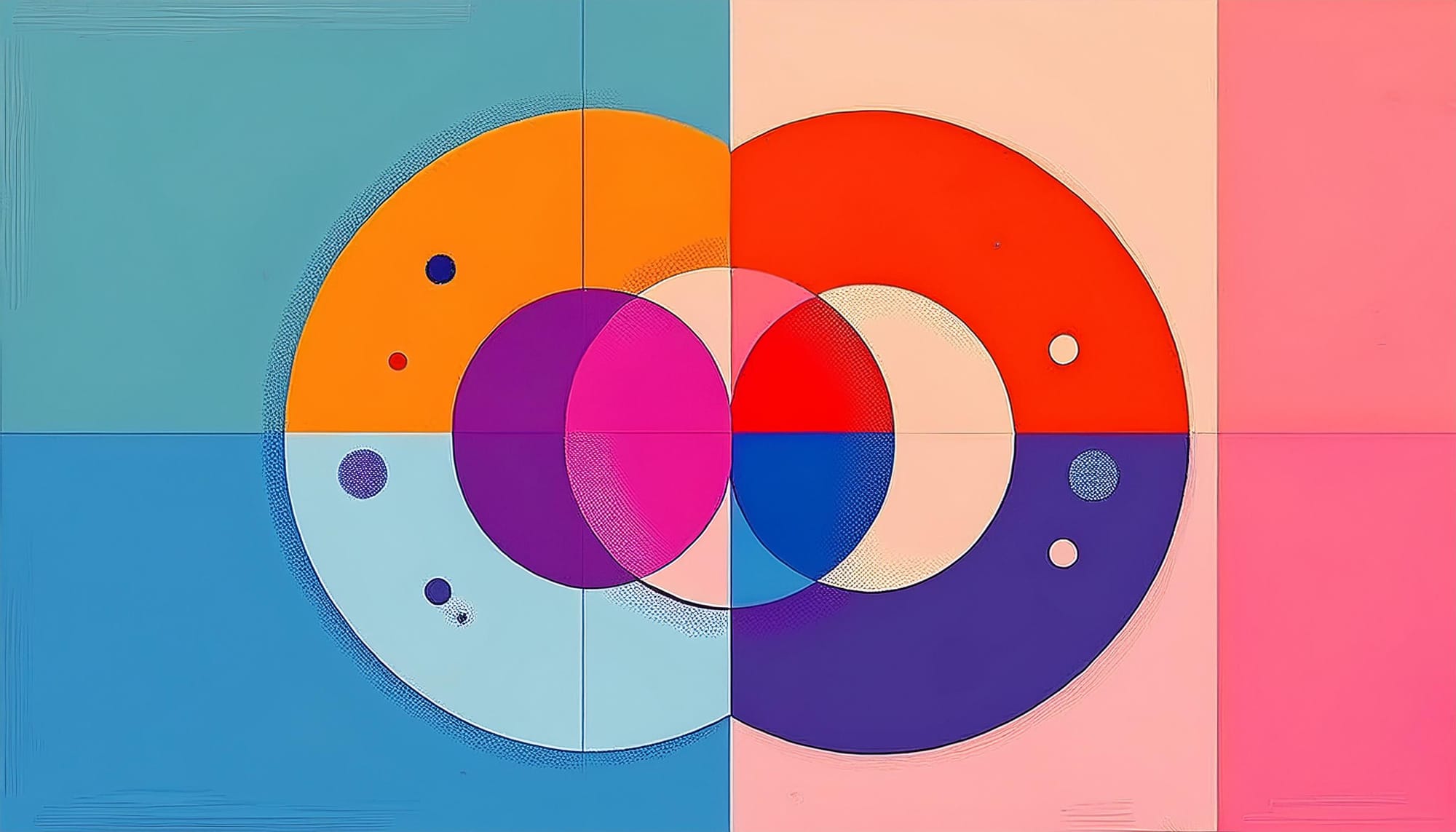
Stage 3: Scale Fit - The Path to Impact
Having a product that users love is fantastic, but the real magic happens when you scale that love to a larger audience. This stage was about building the infrastructure to support growth and creating strategies for market expansion.
Think of it as preparing for a marathon. It would help to have endurance, a solid plan, and the proper support. I optimized our servers, streamlined customer support, and developed comprehensive marketing strategies. Every effort aimed to ensure we could handle increased demand without compromising quality.
Expanding to new markets was like exploring uncharted territories. It required understanding local nuances and adapting the product to meet diverse needs. The excitement of seeing our user base grow across different regions was unparalleled.
Personal Lesson: It's all about leveraging a business model and its unit economics. Scaling with Allrites has involved deeply understanding COGS (Cost of Goods Sold) and CAC (Customer Acquisition Cost).
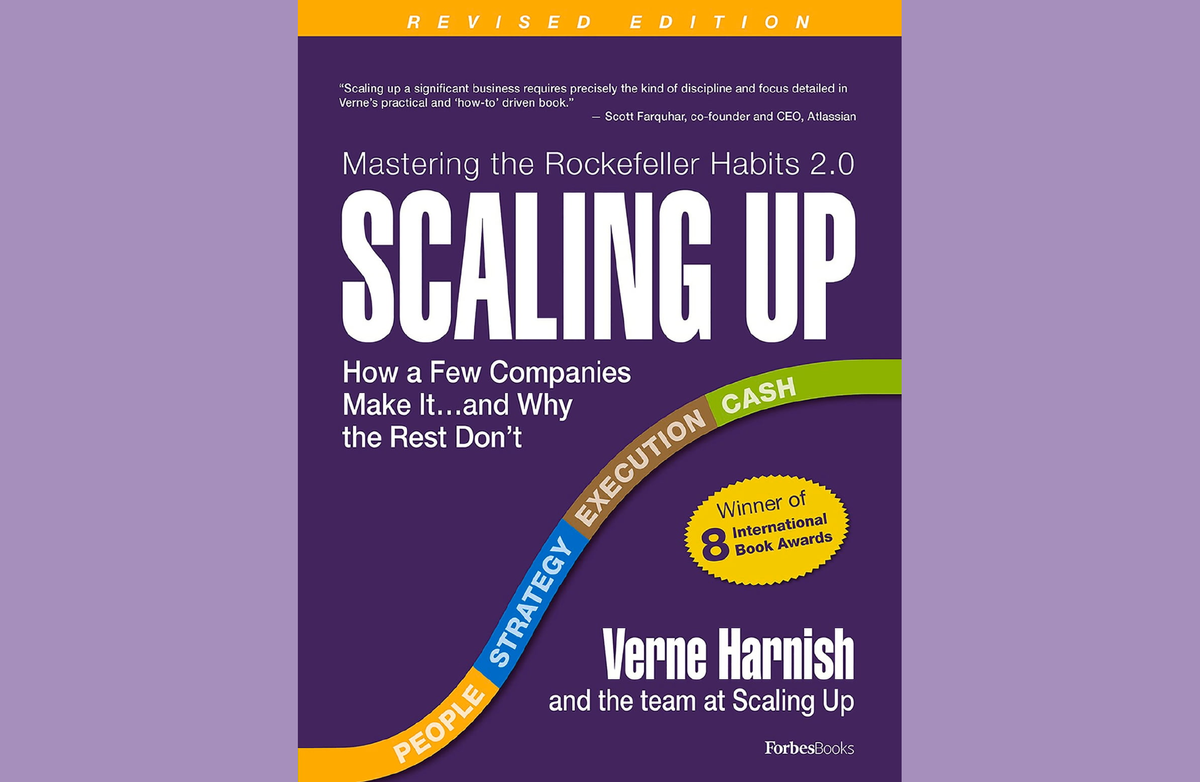
Recommended Book: Scaling Up by Verne Harnish—“If you don’t have a competitive advantage, don’t compete.” Harnish’s book provides a strategic framework for scaling our operations and infrastructure. It offers practical tools and techniques to manage the complexities of growth, making it an essential read at this stage.
Famous Case Study: Amazon—Amazon’s ability to scale efficiently is legendary. By focusing on unit economics and its supply chain and deeply understanding its costs, Amazon scaled from an online bookstore to the e-commerce giant it is today.
Call to Action: Join the Journey
Reflecting on this journey, I've learned that finding the perfect product fit is more than a series of steps—an ongoing adventure. It's about staying curious, being open to feedback, and constantly striving to improve.
If you're on a similar path, I encourage you to dive deep into understanding your customers' needs, stay committed to refining your solution, and be fearless in scaling your impact. Remember, every challenge is an opportunity to learn and grow.
Let's connect! Share your experiences, ask questions, or offer your insights. We can create products that meet market demands and make a meaningful difference in people's lives.
Stay energetic, stay enthusiastic, and keep pushing forward!
Product Fit Glossary:
- MVP (Minimum Viable Product): A version of a product with just enough features to be usable by early customers who can then provide feedback for future product development.
- NPS (Net Promoter Score): A metric that measures customer loyalty and satisfaction by asking customers how likely they are to recommend a product or service to others on a scale of 0-10.
- COGS (Cost of Goods Sold): The direct costs attributable to the production of the goods sold by a company. This includes the price of the materials and labor directly used to create the product.
- CAC (Customer Acquisition Cost) is the cost of convincing a consumer to buy your product or service, including marketing, sales, and other related expenses.
Assessment Quiz: Determine Your Product Fit Stage
- Have you identified an apparent problem that your target audience faces?
- Yes, through extensive research and customer interviews.
- Somewhat, but I need more data.
- Not yet, still exploring.
- Do you have a minimum viable product (MVP) or prototype?
- Yes, and I’ve received feedback from real users.
- Yes, but it’s still in the early stages.
- No, I haven’t developed an MVP yet.
- Are users engaging with your product regularly and providing feedback?
- Yes, I have consistent engagement and feedback loops.
- Occasionally, but I need to improve engagement.
- Not much, but I am still trying to get user traction.
- Have you measured customer satisfaction and loyalty (e.g., NPS)?
- Yes, and the scores indicate intense satisfaction and loyalty.
- I’ve measured it, but the scores need improvement.
- No, I haven’t measured customer satisfaction yet.
- Is your product generating revenue, and are customers willing to pay?
- Yes, I have to pay customers and grow revenue.
- Somewhat, but I need more paying customers.
- No, it's not generating revenue yet.
- Do you understand your unit economics, including COGS and CAC?
- Yes, I have a clear understanding, and they are favorable.
- I understand, but I need to refine the details.
- No, I haven’t analyzed unit economics yet.
- Are you prepared to scale your product and expand to new markets?
- Yes, I have a plan and infrastructure in place for scaling.
- I’m preparing, but I need more resources and strategy.
- No, I'm not ready for scaling yet.
Scoring:
- Mostly A's: You are in the Scale Fit stage. Focus on optimizing your operations and expanding your market.
- Mostly B's: You are in the Product-Market Fit stage. Refine your product based on user feedback and ensure it meets market needs.
- Mostly C's: You C's in the Problem-Solution Fit stage. Concentrate on understanding the problem deeply and validating your solution with an MVP.


